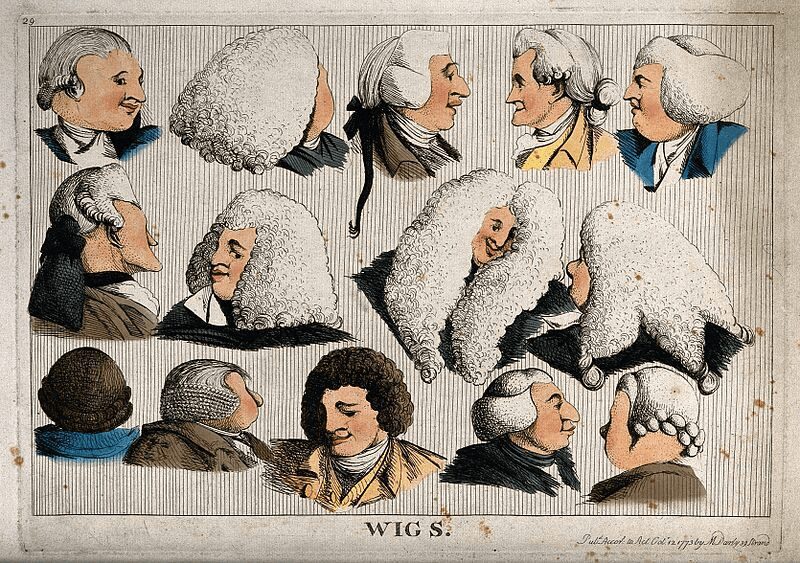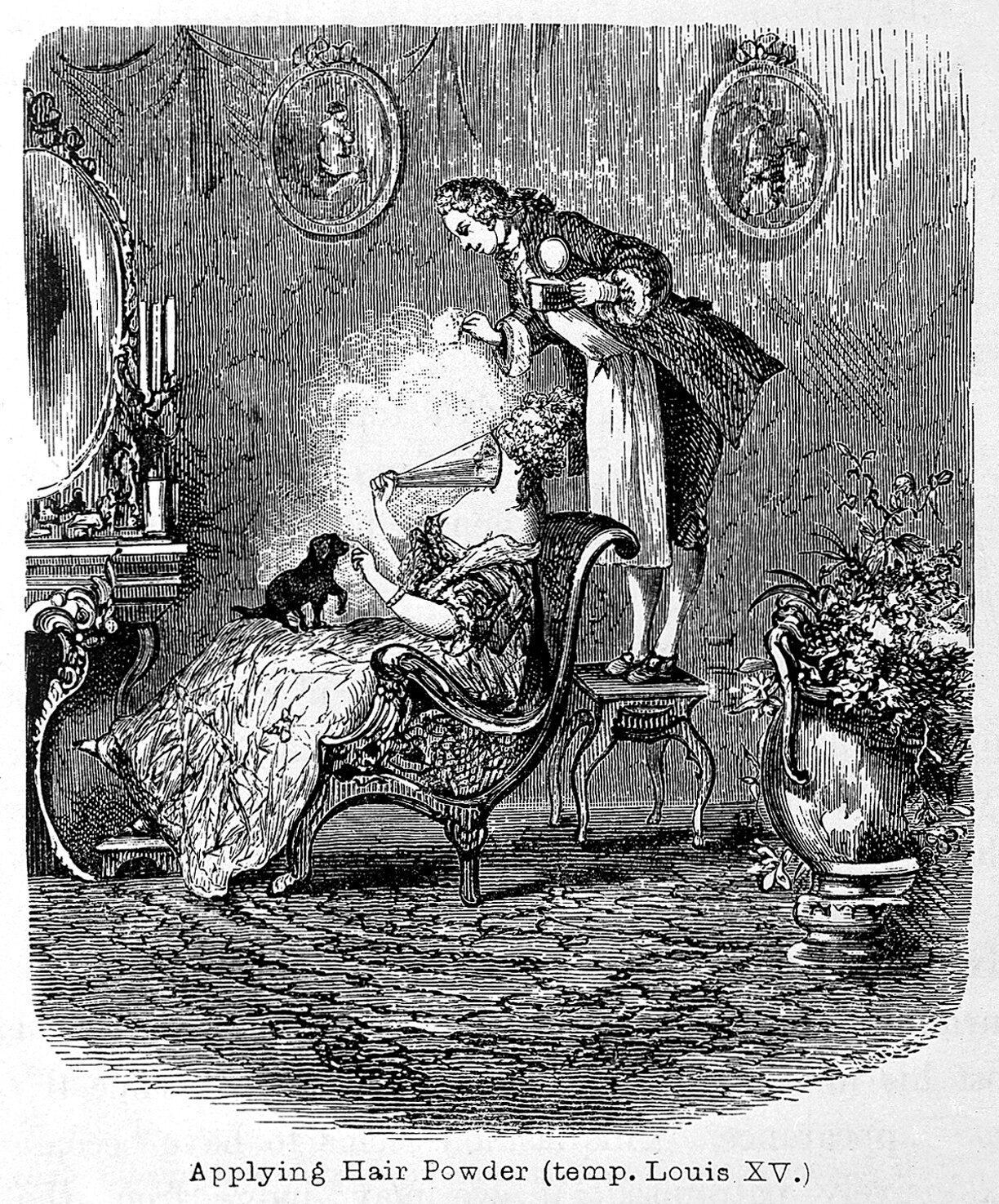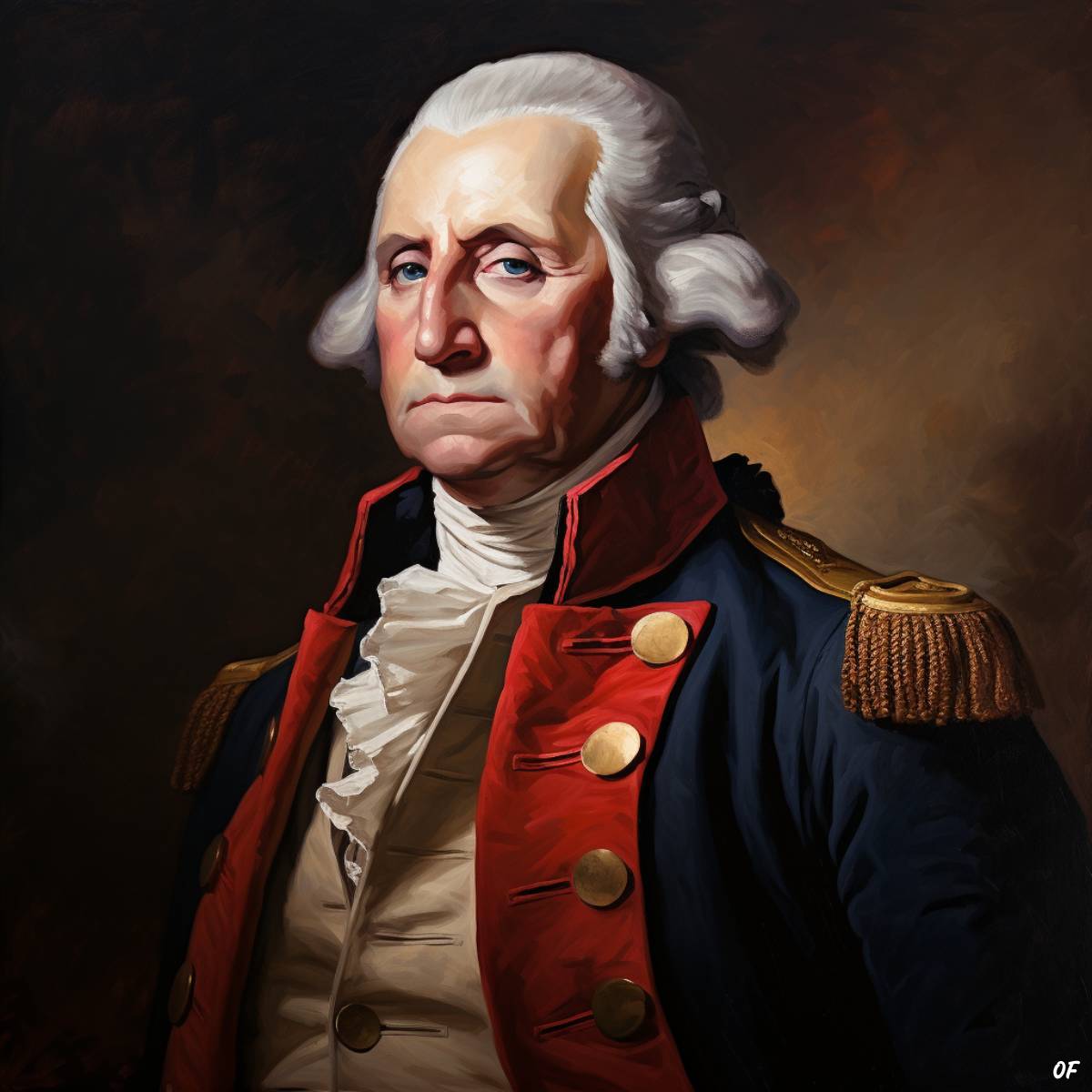Lovers of American history got excited in 2019 when some George Washington hair was found in an almanac held at a college library in Schenectady, New York. It was quite common to gift locks of hair in the 18th century. Washington seems to have given this particular lock to the family of Alexander Hamilton.
Despite being an incredible historical find, locks from George Washington were among the most widely distributed of any American president. The Smithsonian Institute and the Academy of Natural Sciences are both in possession of samples. The museum at the Washington family home in Mount Vernon, Virginia, has four dozen specimens of George Washington’s hair. They are mostly set in different pieces of jewelry, as was customary.
But why was George Washington’s hair so popular? Well, while many men wore a wig at the time, George Washington wore his natural locks!

What was George Washington’s hair like?
Most Americans could give a good description of George Washington and his hair. Charming illustrations and portraits of the first president of America appear in many places throughout the States, most notably on the one-dollar bill. His face is framed by white hair pulled back in a fashion considered typical for the founding fathers.
Washington looks like he wore wigs like those of English barristers today, but he wasn’t! Far from being merely an academic style as perceived by contemporary observers, this 18th-century military fashion is considered a symbol of power and force. Not dissimilar from the modern marine buzz cut!
How did Washington style his hair?

Washington grew his hair long and pulled it back towards the nape of his neck, where he bunched it into a pigtail. This pulling back of the hair was important as it made the forehead appear broader and wider, which was considered a sign of strength.
Around the temples, he then fluffed out his hair into a poofy part with projecting wings of curls. This again indicated strength and power. He probably didn’t need products to keep those perfect curls in place since the founding fathers weren’t known for washing hair frequently. Natural oils and greasy hair would have done the job.
Washington’s change from reddish brown to white hair
Portraits of Washington when he was young, with his wife and two children, show that the president’s natural hair color was light brown. But even in portraits of him as a relatively young man, he is white-haired rather than his true color. No, he was not a victim of Marie Antoinette Syndrome. Washington powdered his hair to make it a more distinguished white.

This was achieved by sprinkling fine white powders, such as Talcum powder, starch, rice powder, or chalk, onto the head. To get an even look, a servant in the White House would use special bellows to cloud the chosen substance and powder evenly. Washington would have had to protect his face with a cone to avoid inhaling the stuff.
But powder doesn’t exactly have the staying power of modern dyes, and its loose nature also begs a question: how did a powder-wearing guy protect his clothes? Well, not easily, as the powder probably stained, and he may have looked like he had permanent dandruff by using it! But it is known that he would sometimes place his ponytail in a silk bag, probably to protect clothes from a fresh powder job.
What is the value of George Washington’s hair?
Knowing that bathing and washing hair wasn’t frequent in the 18th century, how badly would you like to own one of Washington’s locks?
While you might not want to wear it as a personal piece of jewelry, a small lock of the first president’s hair could be very valuable. In 2016, a lock of Thomas Jefferson’s hair sold for $6,875, while a few years earlier, a lock from Abraham Lincoln sold for $25,000.


